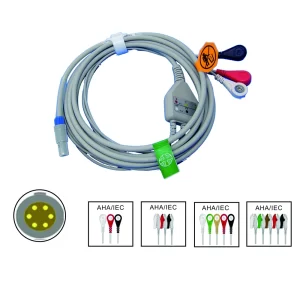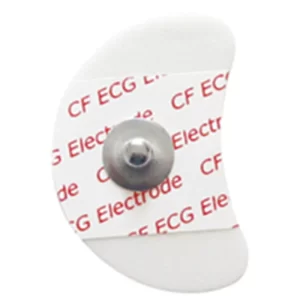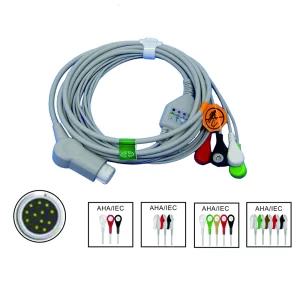Blood pressure is a vital sign that indicates the force of blood against the walls of arteries as the heart pumps it around the body. Monitoring blood pressure is crucial for assessing cardiovascular health and diagnosing various medical conditions. One common tool used for this purpose is the NIBP cuff.
Understanding Blood Pressure
To comprehend the significance of a NIBP cuff, it’s essential to understand blood pressure itself. Blood pressure is typically measured in millimeters of mercury (mmHg) and consists of two readings: systolic pressure (the pressure in the arteries when the heart contracts) and diastolic pressure (the pressure when the heart relaxes between beats). Normal blood pressure is typically around 120/80 mmHg, although it can vary based on factors such as age, health condition, and activity level.
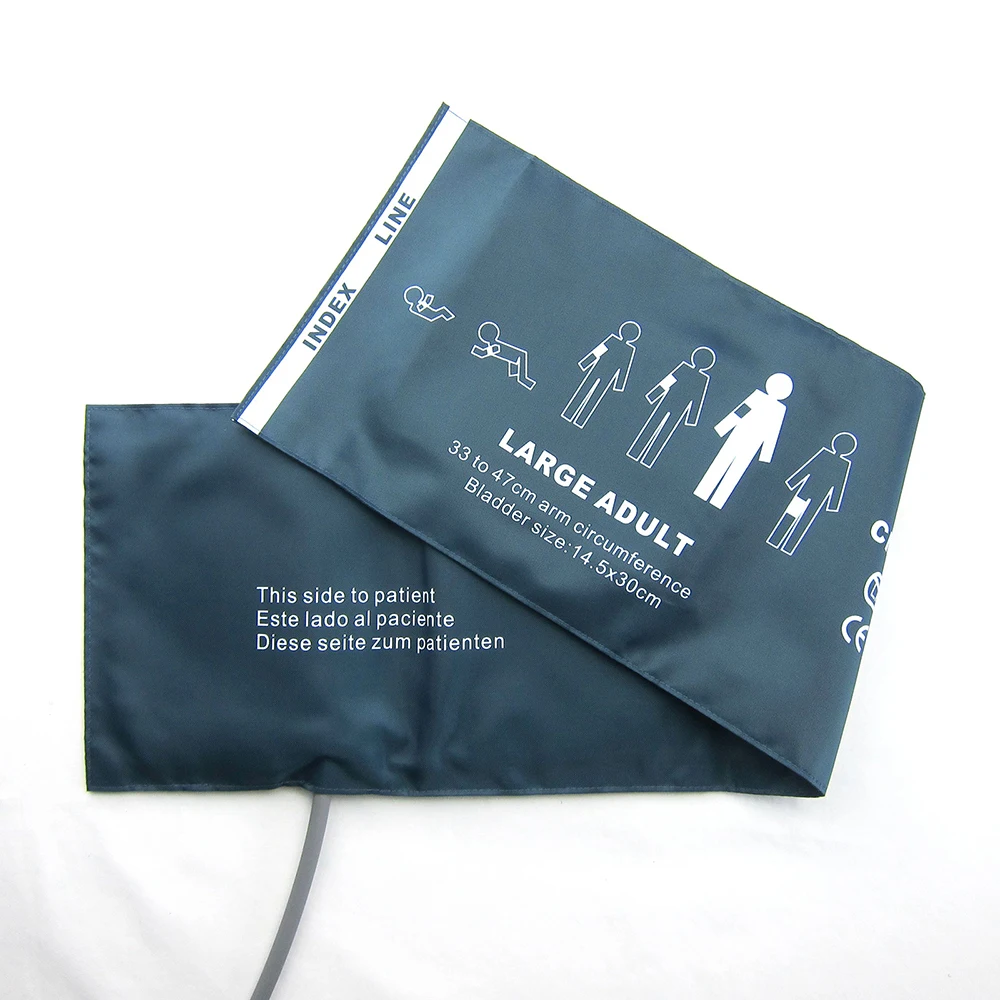
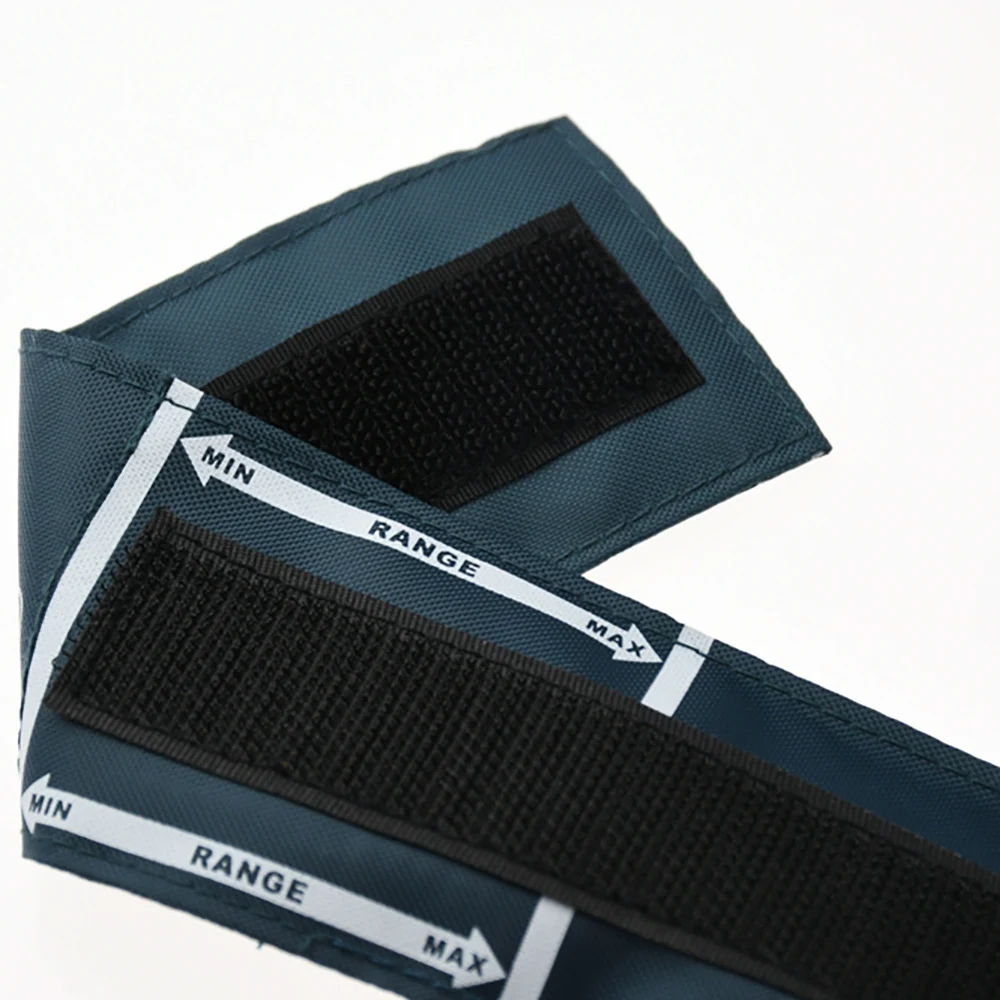
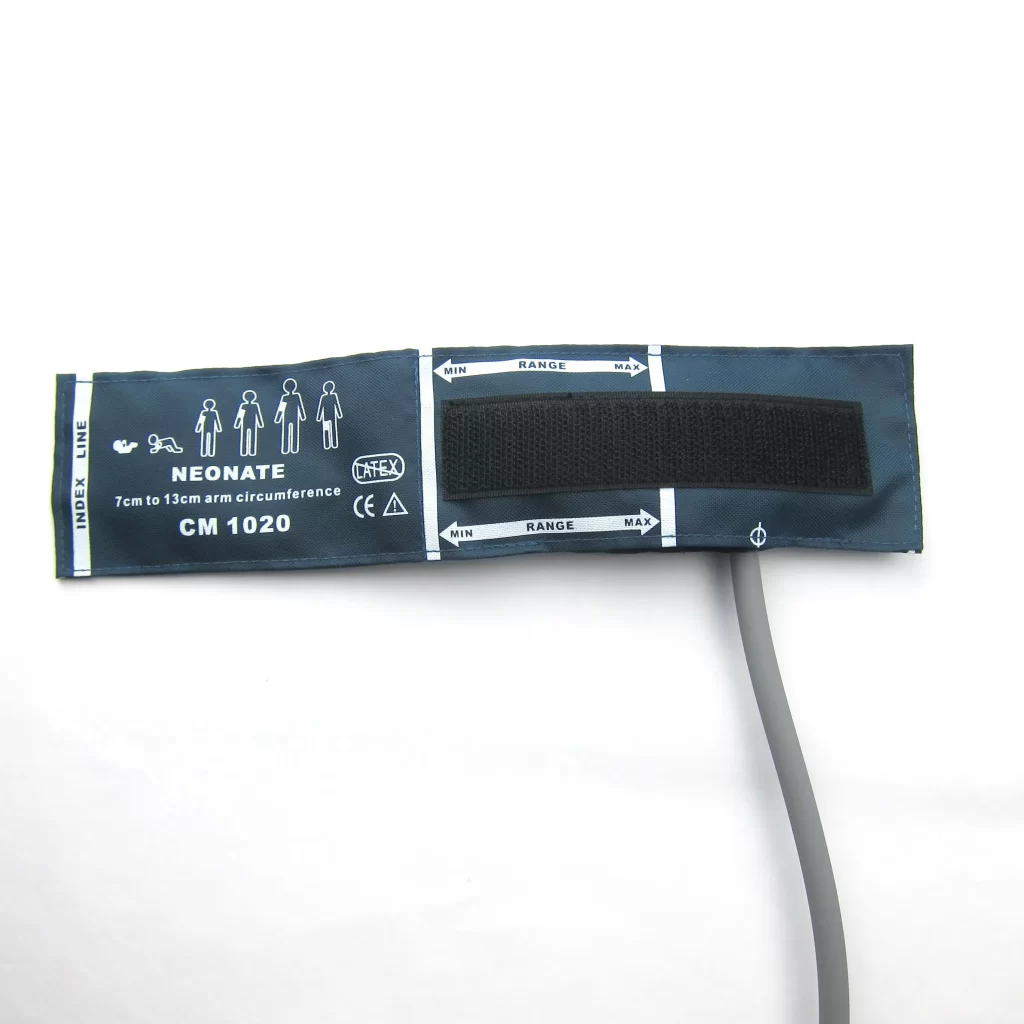
What is a NIBP Cuff?
A NIBP (Non-Invasive Blood Pressure) cuff, also known as a blood pressure cuff or sphygmomanometer, is a medical device used to measure a patient’s blood pressure without the need for invasive procedures. It consists of several components, including an inflatable cuff, a pressure gauge or sensor, and a mechanism for inflating and deflating the cuff.
Components of a NIBP Cuff
- Inflatable Cuff: This is wrapped around the upper arm (or sometimes the wrist or thigh) and inflated to temporarily stop blood flow.
- Pressure Gauge or Sensor: This component measures the pressure within the cuff and provides a numerical reading of the patient’s blood pressure.
- Inflation and Deflation Mechanism: Typically operated manually or automatically, this mechanism controls the inflation and deflation of the cuff.
How Does a NIBP Cuff Work?
The process of measuring blood pressure with a NIBP cuff involves several steps:
- Placement: The cuff is wrapped snugly around the upper arm, positioned above the elbow.
- Inflation: The cuff is inflated rapidly to a pressure higher than the systolic blood pressure, temporarily stopping blood flow in the artery.
- Deflation: The cuff is slowly deflated while the pressure is monitored, allowing blood to flow through the artery again.
- Reading: The pressure at which blood starts to flow through the artery (systolic pressure) and the pressure at which it flows freely (diastolic pressure) are recorded as the patient’s blood pressure.
Types of NIBP Cuffs
NIBP cuffs come in various sizes and designs to accommodate different patient populations and clinical settings. They may also feature specialty cuffs designed for specific purposes, such as neonatal cuffs for infants or thigh cuffs for obese patients.
Specialty Cuffs for Specific Patients
- Pediatric Cuffs: Smaller cuffs designed for children or infants.
- Large Cuffs: Extra-large cuffs suitable for patients with larger arms or obesity.
- Thigh Cuffs: Larger cuffs intended for use on the thigh when accurate arm measurements are not possible.
Benefits of Using NIBP Cuffs
There are several advantages to using NIBP cuffs for blood pressure monitoring:
- Accuracy: When used correctly, NIBP cuffs provide accurate readings comparable to invasive methods.
- Ease of Use: They are non-invasive and relatively simple to operate, making them suitable for routine use in various healthcare settings.
- Convenience: NIBP cuffs can be used quickly and easily, allowing for frequent blood pressure monitoring without significant inconvenience to the patient.
Choosing the Right NIBP Cuff
Selecting the appropriate NIBP cuff is crucial for obtaining accurate blood pressure measurements. Factors to consider include the patient’s arm size, the type of cuff required (e.g., adult, pediatric, thigh), and any specific clinical requirements.
Matching Cuff Size to Patient
Using the correct cuff size is essential for accurate blood pressure measurement. An improperly sized cuff can result in inaccurate readings, potentially leading to misdiagnosis or improper treatment.
Common Applications of NIBP Cuffs
NIBP cuffs are utilized in various healthcare settings for both clinical and home blood pressure monitoring purposes.
Medical Settings
- Hospitals and Clinics: NIBP cuffs are standard equipment in hospitals, clinics, and other healthcare facilities for routine patient assessment and monitoring.
- Emergency Medical Services (EMS): EMS personnel often use NIBP cuffs in the field to assess patients’ vital signs and determine appropriate treatment.
Home Blood Pressure Monitoring
- Self-Monitoring: Many individuals use NIBP cuffs at home to monitor their blood pressure regularly, especially those with hypertension or other cardiovascular conditions.
- Telehealth: With the rise of telemedicine, NIBP cuffs have become valuable tools for remote patient monitoring and virtual consultations.
Limitations of NIBP Cuffs
While NIBP cuffs are generally reliable, there are certain limitations to be aware of:
- Accuracy Issues: NIBP cuffs may provide inaccurate readings in certain situations, such as in patients with arrhythmias or severely fluctuating blood pressure.
- Proper Technique: Obtaining accurate measurements requires proper cuff placement, inflation, and positioning, which may not always be achieved in clinical practice.
Maintenance and Care of NIBP Cuffs
Proper maintenance and care of NIBP cuffs are essential to ensure their accuracy and longevity.
Cleaning and Disinfection
- Regular Cleaning: NIBP cuffs should be cleaned and disinfected between each use to prevent cross-contamination and ensure hygienic conditions.
- Disposable Covers: Some NIBP cuffs come with disposable covers that can be replaced after each use to minimize the risk of infection transmission.
Storage Recommendations
- Proper Storage: NIBP cuffs should be stored in a clean, dry environment away from direct sunlight and extreme temperatures to maintain their integrity and accuracy.
- Regular Inspection: Periodic inspection of cuffs for signs of wear or damage is recommended to ensure optimal performance.
Innovations in NIBP Cuff Technology
Advancements in technology have led to the development of innovative features and designs in NIBP cuffs, enhancing their accuracy and usability.
Advancements in Cuff Design
- Wireless Connectivity: Some NIBP cuffs now feature wireless connectivity, allowing for seamless integration with digital health platforms and electronic medical records.
- Automated Inflation: Automated inflation mechanisms eliminate the need for manual inflation, streamlining the blood pressure measurement process.
Integration with Digital Health Platforms
- Remote Monitoring: NIBP cuffs with digital connectivity enable remote monitoring of patients’ blood pressure data, facilitating timely intervention and management of chronic conditions.
- Data Analysis: Digital platforms can analyze blood pressure trends over time, providing valuable insights for patient care and treatment optimization.
Future Trends in NIBP Cuff Development
Looking ahead, several trends are expected to shape the future of NIBP cuff technology and usage in healthcare.
Predictions for Improvements
- Enhanced Accuracy: Continued research and development efforts aim to improve the accuracy and reliability of NIBP cuff measurements, particularly in challenging patient populations.
- Integration with Wearable Devices: NIBP cuffs may be integrated into wearable devices, allowing for continuous blood pressure monitoring throughout the day.
Potential Impact on Healthcare
- Personalized Medicine: Advanced NIBP cuff technology could contribute to personalized healthcare by providing tailored blood pressure management strategies based on individual patient data.
- Population Health Management: Aggregated data from NIBP cuff measurements may inform population health initiatives and public health interventions aimed at reducing cardiovascular risk factors.
Conclusion
In conclusion, NIBP cuffs play a crucial role in the assessment and management of blood pressure in healthcare settings. These non-invasive devices provide accurate and convenient blood pressure measurements, facilitating timely diagnosis and treatment of hypertension and other cardiovascular conditions. As technology continues to evolve, NIBP cuffs are poised to become even more integral to patient care, with advancements in design and connectivity enhancing their usability and impact on healthcare outcomes.
FAQs
- What is the role of a NIBP cuff in healthcare?
- NIBP cuffs are essential tools for measuring blood pressure, a vital sign that indicates cardiovascular health and helps diagnose various medical conditions.
- How often should a NIBP cuff be calibrated?
- NIBP cuffs should be calibrated regularly according to manufacturer guidelines to ensure accuracy and reliability in blood pressure measurement.
- Can a NIBP cuff be used on pediatric patients?
- Yes, pediatric-specific NIBP cuffs are available for use on children and infants, providing accurate blood pressure measurements tailored to their smaller arm sizes.
- Are there alternatives to NIBP cuffs for blood pressure monitoring?
- While NIBP cuffs are commonly used, alternatives such as ambulatory blood pressure monitoring (ABPM) and invasive arterial catheterization may be used in specific clinical situations.
- What should I do if my NIBP cuff shows inconsistent readings?
- If you encounter inconsistent readings with your NIBP cuff, ensure proper cuff placement and technique. If the issue persists, consult with a healthcare professional for further evaluation and troubleshooting.

